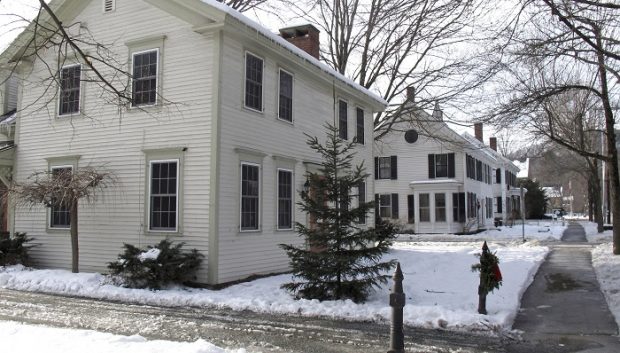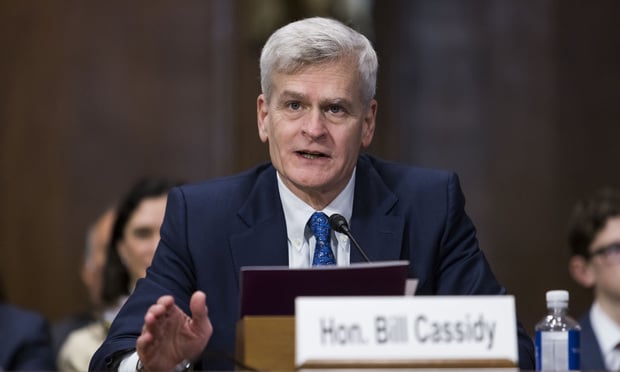
(Bloomberg Prophets) — If we're all downsizing, who's upsizing?
That question should be critical to aging and retiring baby boomers whose main “asset” is the equity in their homes.
If current demographic trends remain in place — and there is not a shred of evidence that they won't — then we are facing a generation of subdued home demand even as retirees will be looking to sell. We're not even considering the impact of what “normalized” interest rates means for mortgage borrowing.
This raises broader economic problems, too. Beyond the obvious, which is that retirees will face difficulty selling their biggest asset, household formation will remain sluggish. When new households are formed, they buy a lot of things, because along with houses go new cars, appliances, furniture, maintenance, and toys for the kids.
Related: The power and pitfalls of retirement savers' illusions
Empty-nesters don't have those needs, and so they spend less. Less household formation means less consumption overall, which will prove problematic in an economy where consumption stands at a record 69.4 percent of gross domestic product.
In other words, upward pressure on interest rates becomes more subdued.
Given the frightening statistics on retirement savings, demographically induced stress on home values is the last thing retirees need. The Economic Policy Institute relays that the median retirement savings is $5,000. The Government Accountability Office did a study in 2015 that found the median retirement savings for those aged 55 to 64 were $104,000 and for the 65-to-74 group it was $148,000. And that's the amount for those with some retirement savings. The same study found 29 percent of those 55 and older had none.
You wouldn't know it from some of the recent housing data, but the rate of homeownership in the U.S. has been dropping quite sharply. The decline should raise concerns when baby boomers start selling their homes since they are, by far, the group that owns homes. The implication is that there will be a rising inventory of homes, specifically older and aging homes, for years to come.
That the U.S. population is aging is a fact. The median age today is 37.8 years. In 2000 it was 35.4 years and in 2026 it will be 39.3 years, according to the Census Bureau. The 55-and-over crowd makes up 34.7 percent of the total population, up from 27.4 percent in 2000. They will grow to 36.4 percent in 2026 and to 38.9 percent by 2026.
Here's the thing: As the population has aged, the homeownership rate has been declining for just about everyone except for older folks. The rate stands at 63.4 percent for the overall population, down from a peak of 69 percent in 2004. However, the rate for older Americans has been relatively steady, and is sharply higher than that of their younger cohorts. Homeownership for the 65-and-older set is highest at a whopping 78.8 percent, versus a peak of 81.1 percent in 2012.
Contrast that with the 35-and-under set. This group's rate of ownership is 58.6 percent, down from its peak of 69.3 percent in 2005.
And consider the 45-to-54 cohort, whose rate is 69.3 percent after topping out at 77.2 percent in 2004. Bear in mind these groups are in their peak spending years both as individuals and as part of the larger economy in terms of consumption.
There is a bit of good news. The most recent data from the National Association of Realtors shows that first-time homebuyers accounted for 32 percent of all residential sales in February, an uptick from the cycle lows but still fairly meek. With stricter lending standards, high student debt and the demographics mentioned earlier, this upward trend is likely to remain rate muted.
But with the 55 and over folks having the highest rate of homeownership and their ranks having grown — and continuing to grow — relative to the population, who is going to be upsizing when retirees are downsizing? The answer would seem to be far fewer than they or their realtors would like.
A recent study from the New York Federal Reserve took a close look at these trends and concluded: “Why this secular decline is occurring is unknown.” The study suggested that some reasons might include declining real income for some households and “urbanization.” Both make sense. To those, I'll add in no special order:
- Debt-laden college graduates who will remain renting longer
- Smaller U.S. family sizes
- A preference by well-to-do youth to stay urban
- Shoddy homes and McMansions built in the last 25 years or so that don't hold their value
- Millennials “postponing” traditional household formation
Equity in a home remains the most important asset for older U.S. households and, traditionally, has been a reliable investment to help supplement a comfortable retirement. The broader demographic shifts would argue that one's home no longer fits the bill. At the least, its role is at risk of being severely diminished.
This column does not necessarily reflect the opinion of the editorial board or Bloomberg LP and its owners.
© Touchpoint Markets, All Rights Reserved. Request academic re-use from www.copyright.com. All other uses, submit a request to [email protected]. For more inforrmation visit Asset & Logo Licensing.






